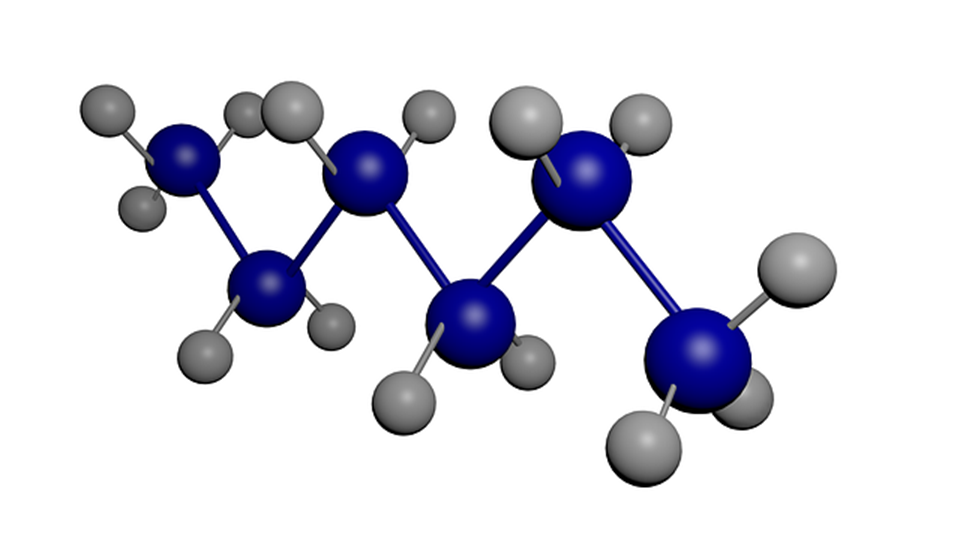Fuel for Thought

Compounding
I would guess that most everyone has heard of, and understands, compounding interest. Have you ever considered compounding efficiency? Which, in turn, compounds revenue.
Years ago, the average truck had such a poor MPG rating, that it was very common to see dual 200 gallon fuel tanks on those trucks. Many would even carry as much as 600 gallons of fuel in multiple tanks. This was done to increase range and allow the driver to purchase their fuel where the cost was lower. A truck only averaging a few miles per gallon would need to carry several hundred gallons of fuel to cross any substantial distance before needing to refuel. Older trucks were less aerodynamic. Bias ply tires or high rolling resistance radial tires also played a part in the MPG reduction. Large, square, flat grills push a lot more air, creating resistance and drag, thus further lowering their miles per gallon
The list goes on and on. These compounding effects greatly reduced the efficiency of older trucks on the road at that time. Make no mistake, there were some beautiful trucks from years ago, but while they were turning heads, they were also turning revenue into expense.
Modern trucks generally have smaller tanks. Modern trucks will utilize low rolling resistance tires. Modern trucks are much more aerodynamic than their predecessors. Many truck components are now made from lighter weight materials. And the list of improvements goes on. While modern trucks definitely do not sport the look of older trucks, they still can have a beauty all their own.
All of the improvements to trucks over the years has had a compounding effect on their efficiency. Without the need to carry 400 or more gallons of fuel, the weight is reduced. Just the fact of carrying the weight of the fuel meant when the tanks were full, you burned more fuel to carry the fuel. The compounding effect of each improvement increases efficiency exponentially.
Yes, new, modern trucks cost substantially more than trucks from the last century, but that cost includes an upgrade to your efficiency that can help level the cost. If you go from a 4 MPG truck to a potential 10+ MPG truck, your cost of operation will dramatically decrease, thus offsetting the cost of the new equipment. A new truck spec’d for your operation can also produce more uptime earning revenue (at a lower CPM) and less downtime in a shop for repairs, overhauls and rebuilds. Maintenance intervals are longer on newer trucks as well, so the monthly PM (oil and filter change) may only be twice a year.
I’m glad to see that so many drivers like the old big hood trucks, many of them are a sight to behold. Personally, I prefer efficiency and style over style alone when it comes to running my business. I will take the compounded efficiency of a newer truck and the increased revenue (in the form of reduced expenses) all the way to the bank.
You can make a lot of mistakes and still recover if you run an efficient operation. Or you can be brilliant and still go out of business if you're too inefficient.
- Sam Walton
See you down the road,
Greg
